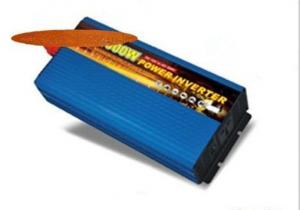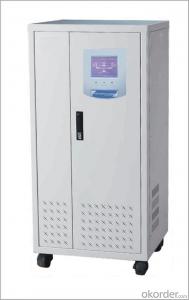Gan Solar Inverter
Gan Solar Inverter Related Searches
Ge Solar Inverter Inverter Solar Generator Sun Solar Inverter Inverter Generator Solar Inverter Solar Cell Solar Inverter Generator Ags Solar Inverter Sunrun Solar Inverter Gamma Solar Inverter Panel Solar Inverter Battery Solar Inverter Solar Generator Inverter Titan Solar Inverter Solar Battery Inverter Sunshine Solar Inverter Solar Solar Inverter Inverter Solar Solar Panel Inverter Inverter Generator Solar Panel Galaxy Solar Inverter Solar Ark Inverter Solar Power Inverter Generator 250 Watt Solar Inverter Inverter Solar Panel Genus Solar Inverter Sunny Solar Inverter Anern Solar Inverter Saj Solar Inverter 240 Volt Solar Inverter Solar Plant InverterGan Solar Inverter Supplier & Manufacturer from China
Gan Solar Inverter is a range of high-quality inverters designed to optimize the performance of solar energy systems. These inverters are engineered to convert the direct current (DC) generated by solar panels into alternating current (AC), which can be used by homes and businesses. The product line includes a variety of models, each tailored to meet specific power requirements and system configurations, ensuring efficient energy conversion and reliable operation.Gan Solar Inverter finds its application in a wide range of scenarios, from residential rooftop installations to large-scale commercial and industrial solar projects. These inverters are known for their robust design, user-friendly interface, and advanced features such as maximum power point tracking (MPPT) and islanding protection. They are also compatible with various types of solar panels and grid systems, making them a versatile choice for a diverse array of solar energy applications.
Okorder.com is a reputable wholesale supplier of Gan Solar Inverter, boasting a large inventory that caters to the needs of both small and large-scale solar energy projects. With a commitment to quality and customer satisfaction, Okorder.com ensures that each inverter is thoroughly tested and certified to meet industry standards. This extensive inventory allows customers to find the perfect match for their solar energy system, backed by the assurance of prompt and reliable service from a trusted supplier.
Hot Products


















































